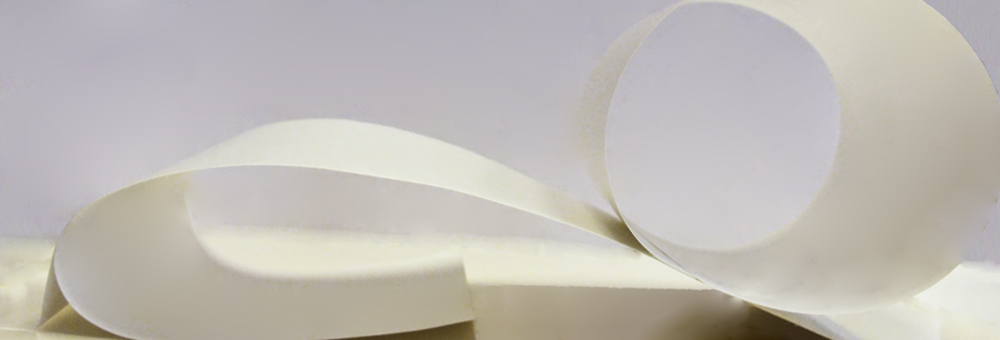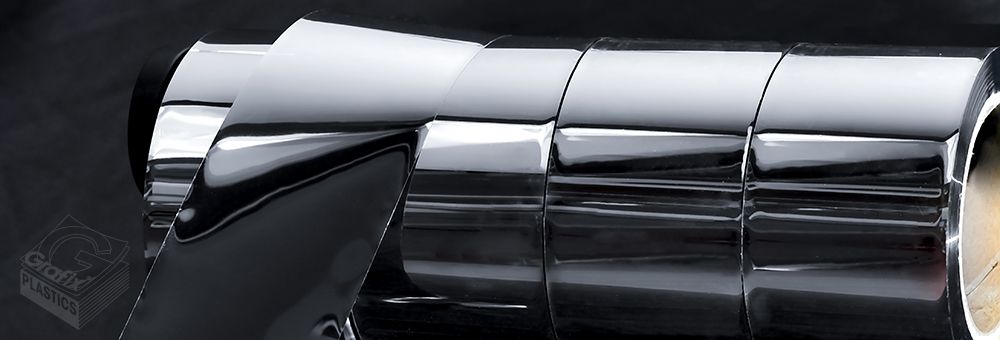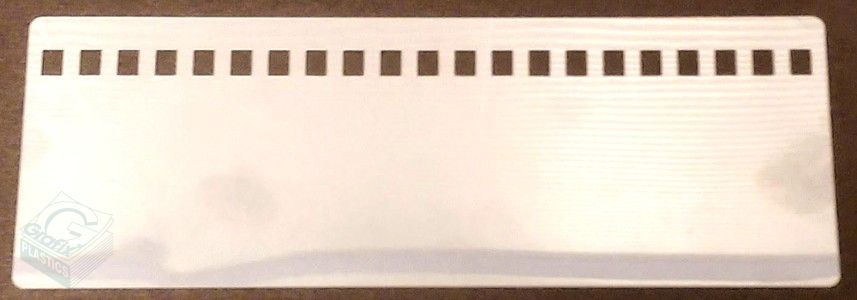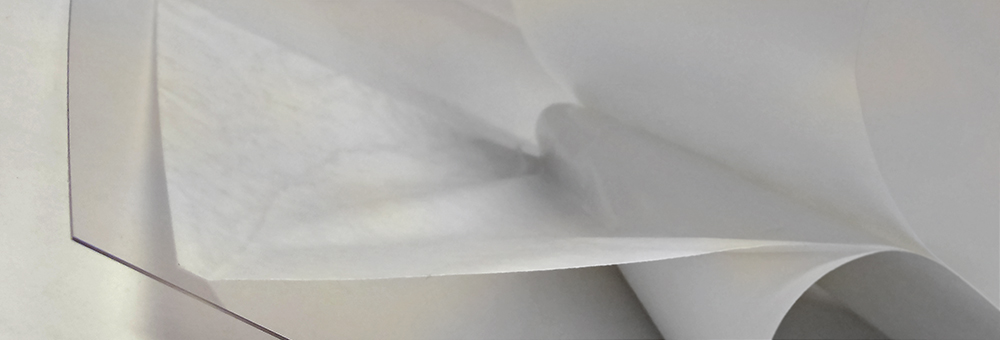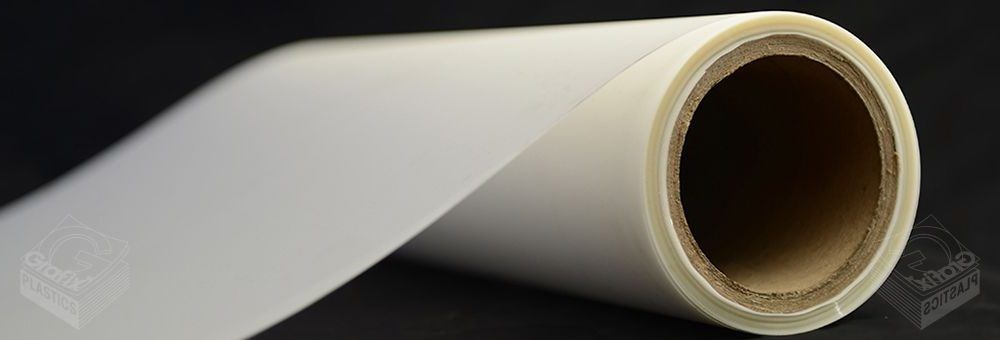What is the heat resistance of Archival DuraLar?
What is the heat resistance of Archival DuraLar TM? Archival DuraLar will begin to soften at about 150C/300F. When DuraLar softens, it begins to lose its orientation; it gets wavy and begins to shrink. So if your film will only be exposed to a heat environment below 150C/300F, archvial DuraLar is a good choice. Need … Read more





